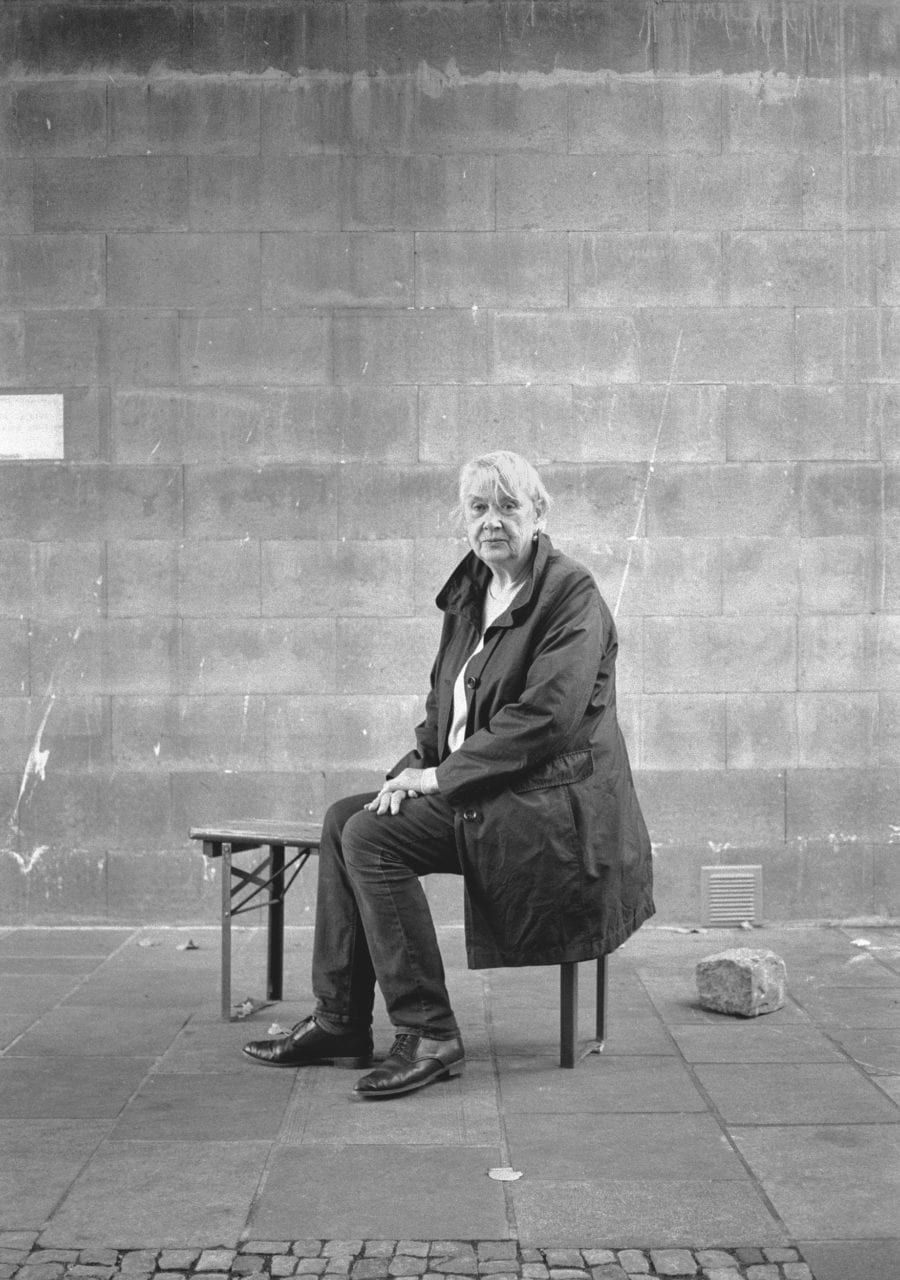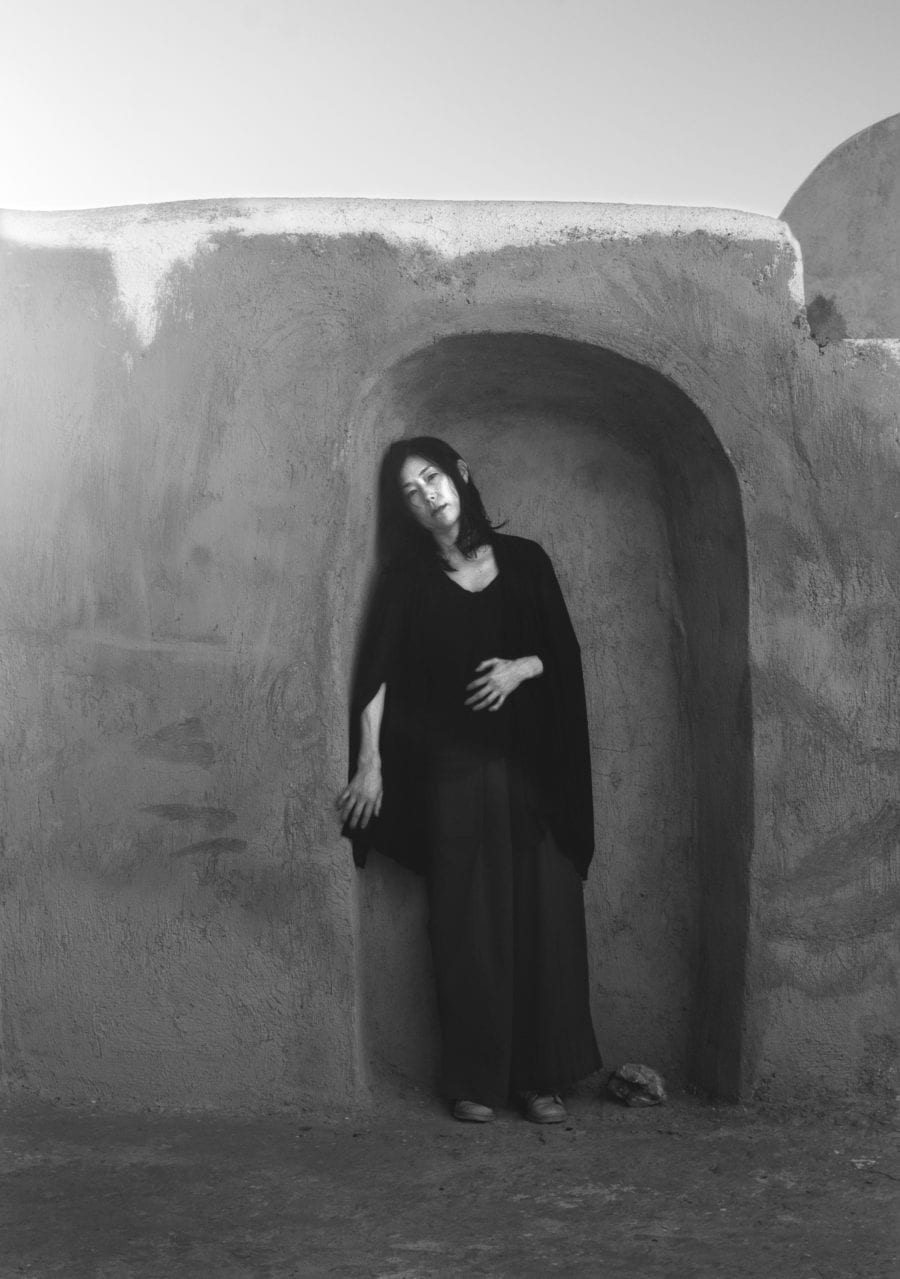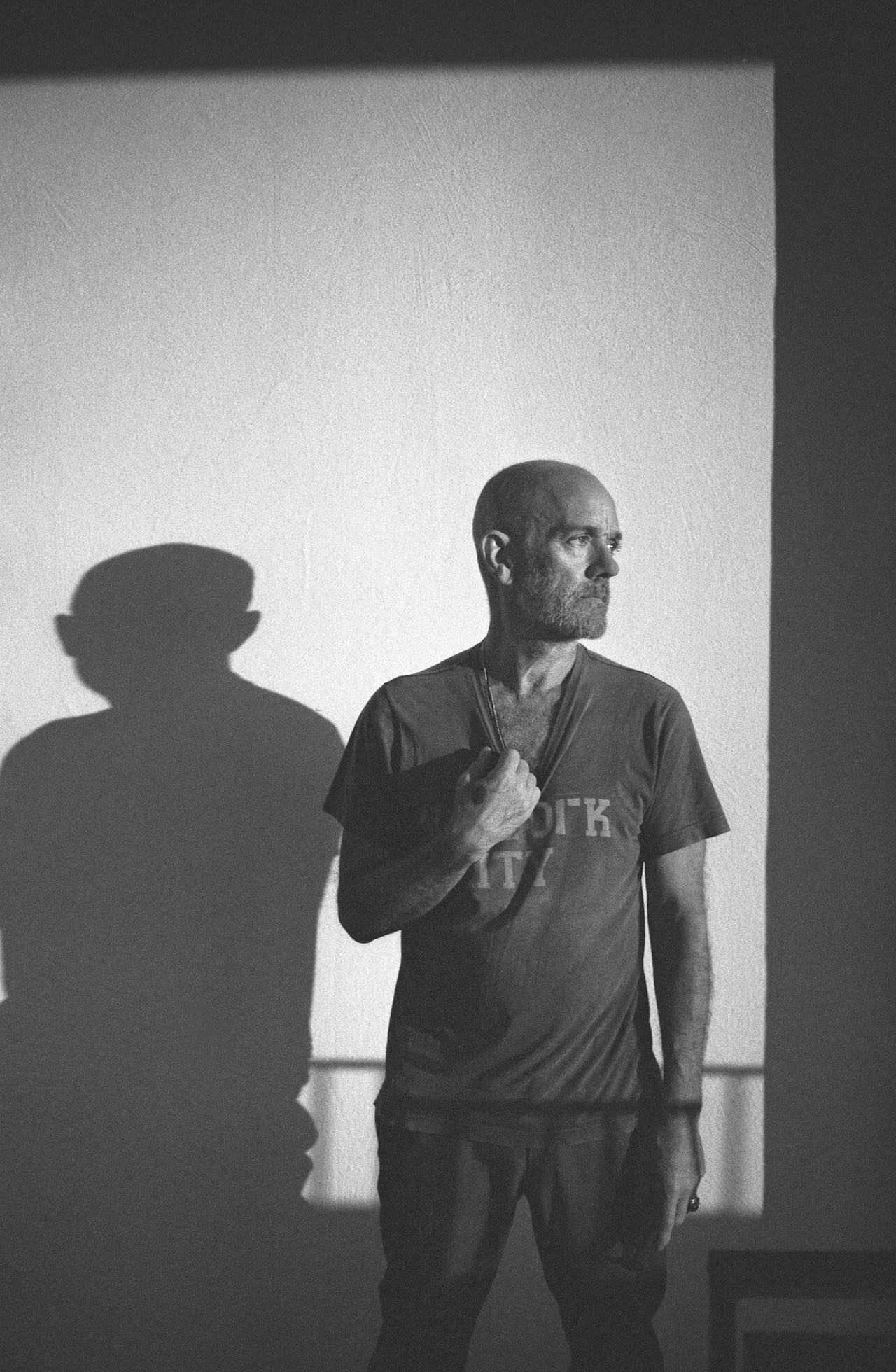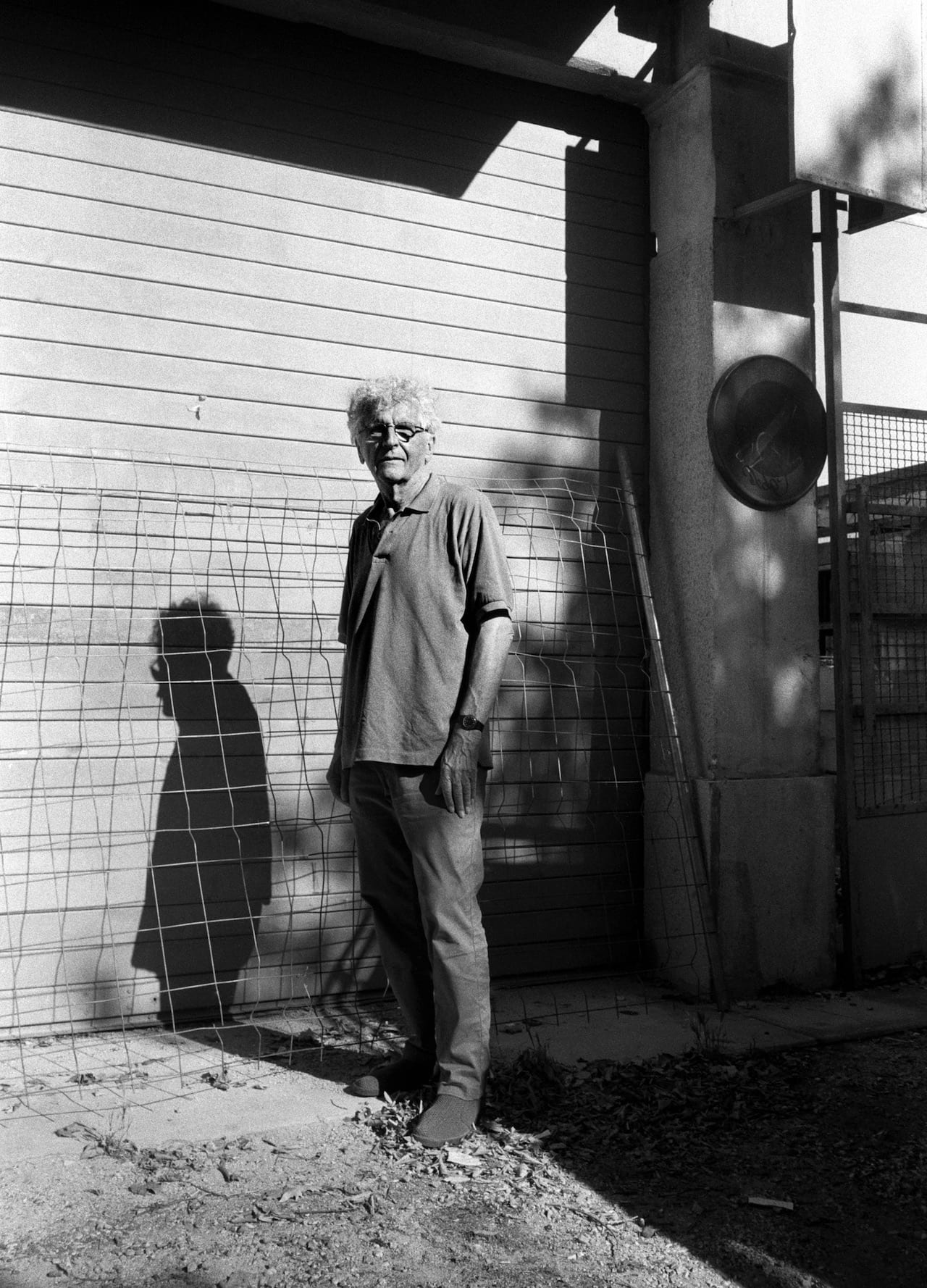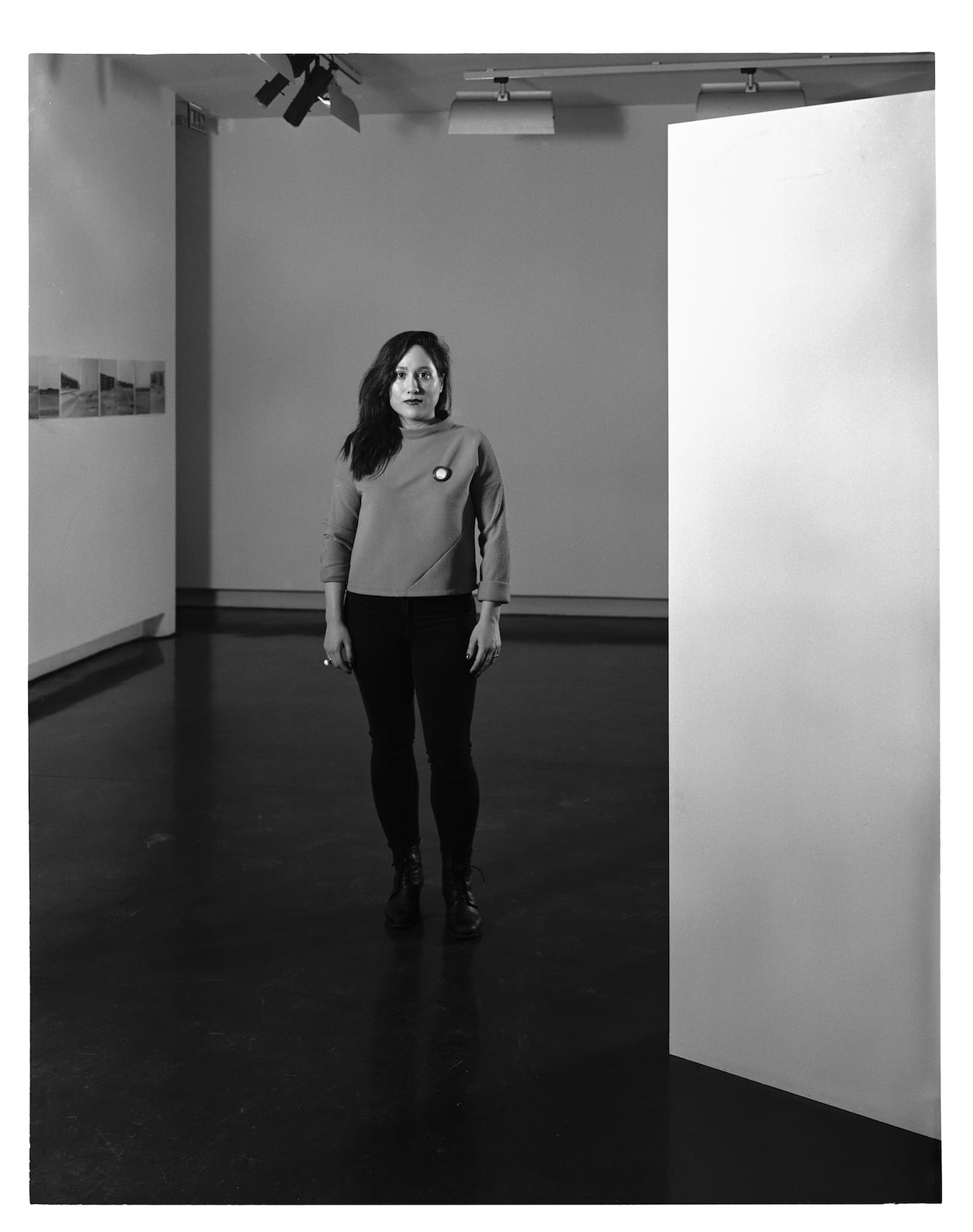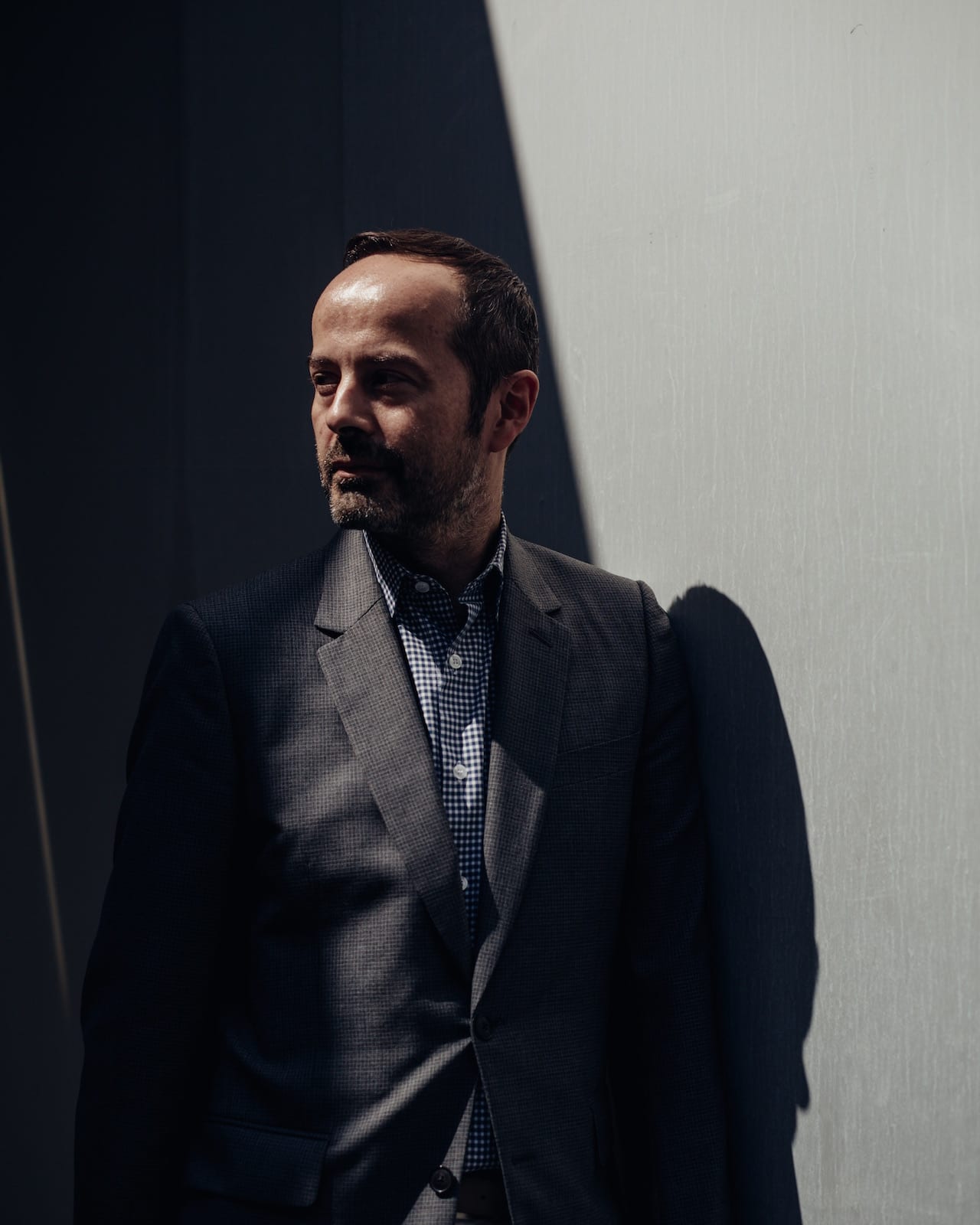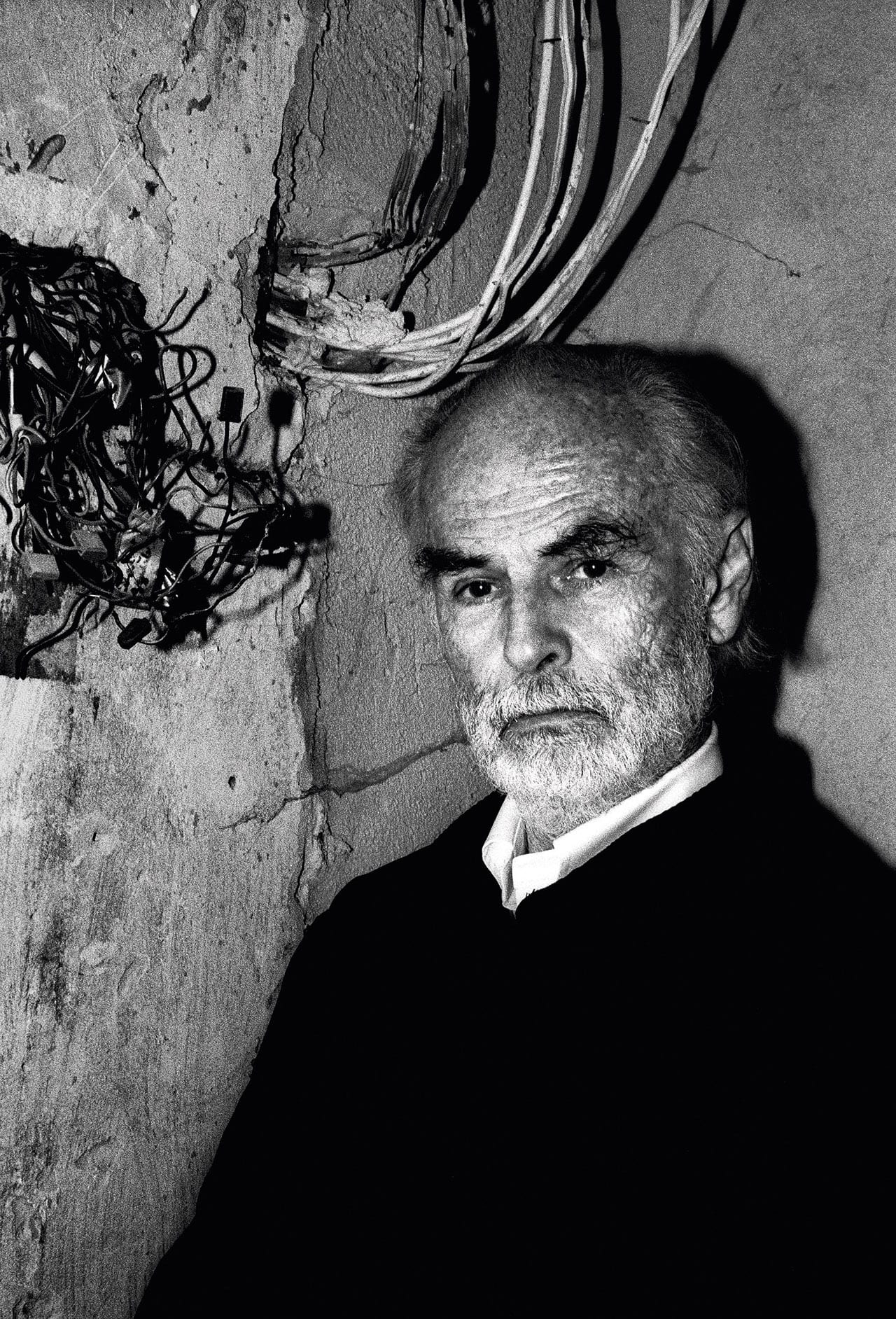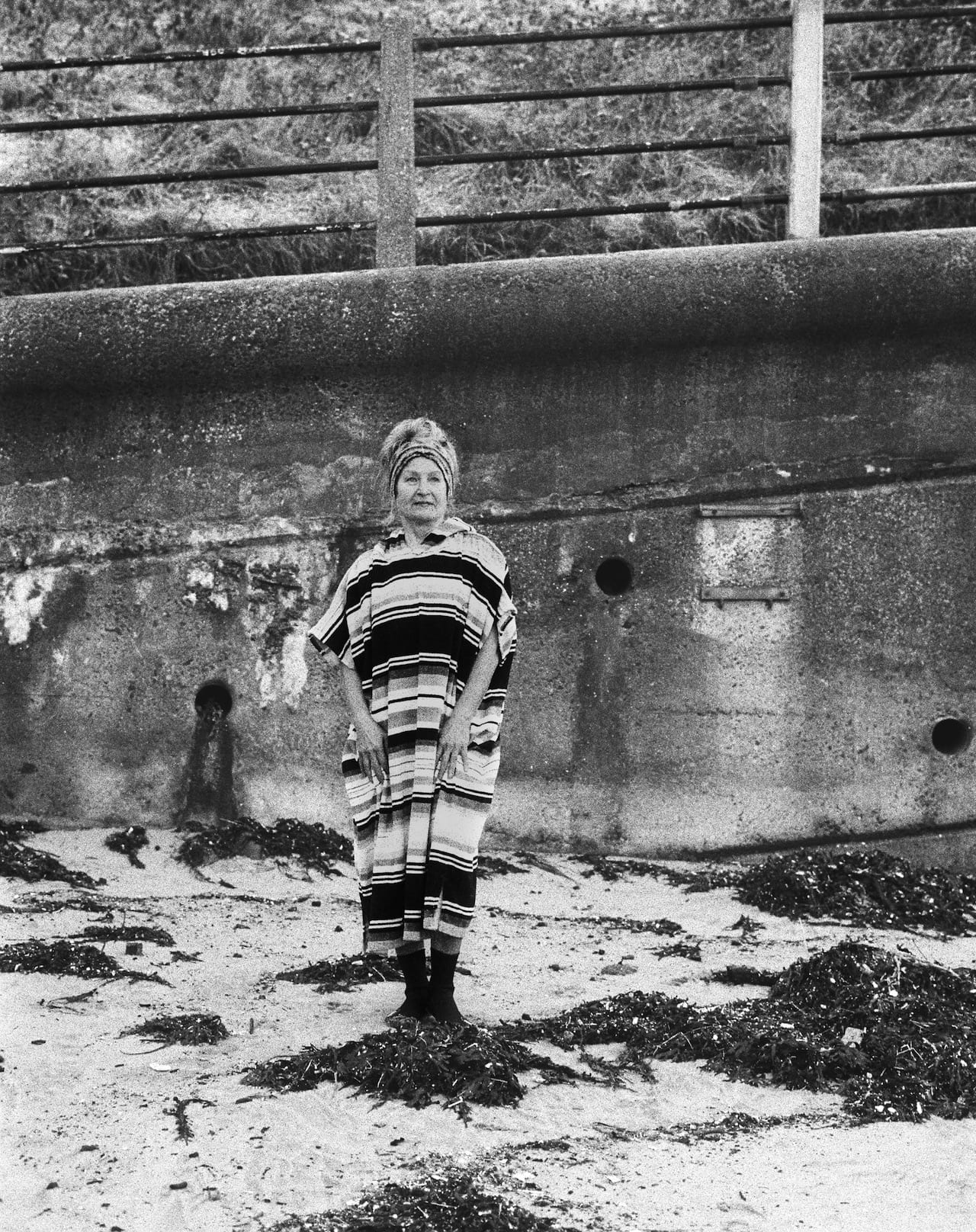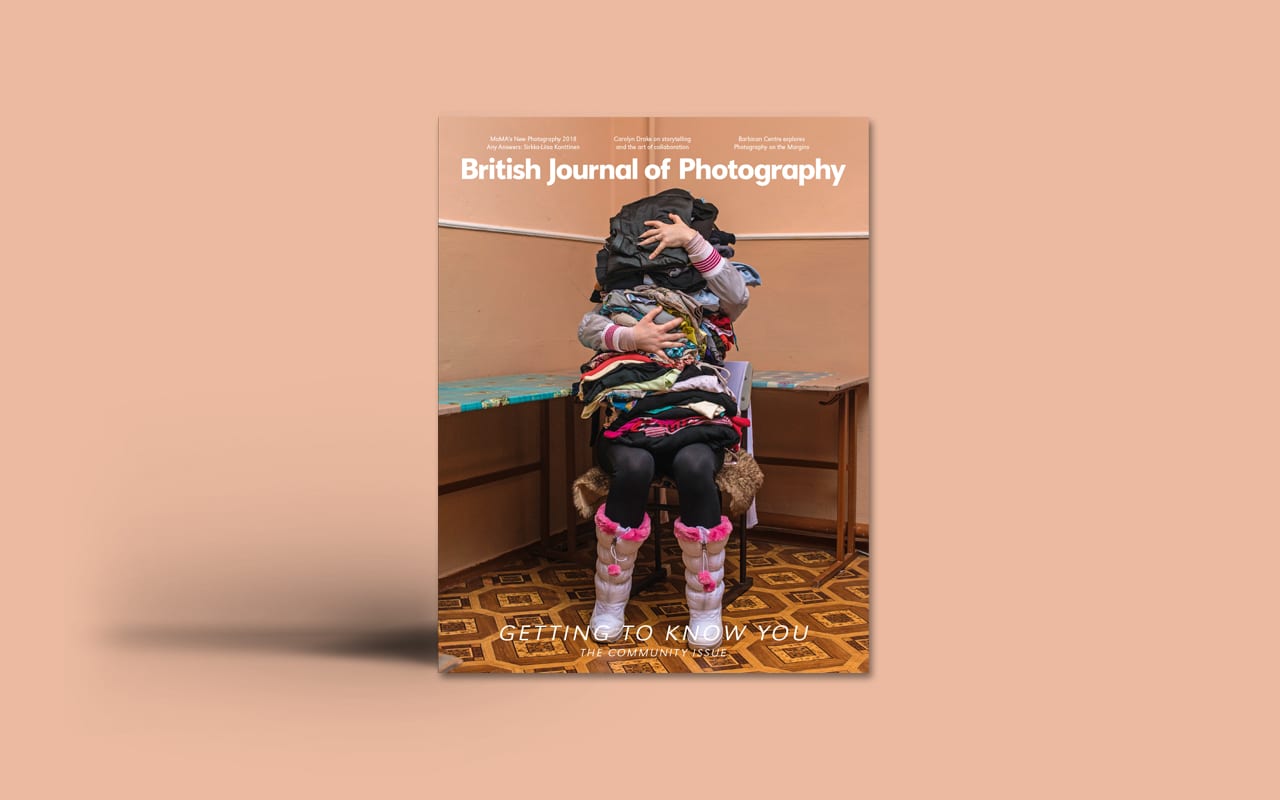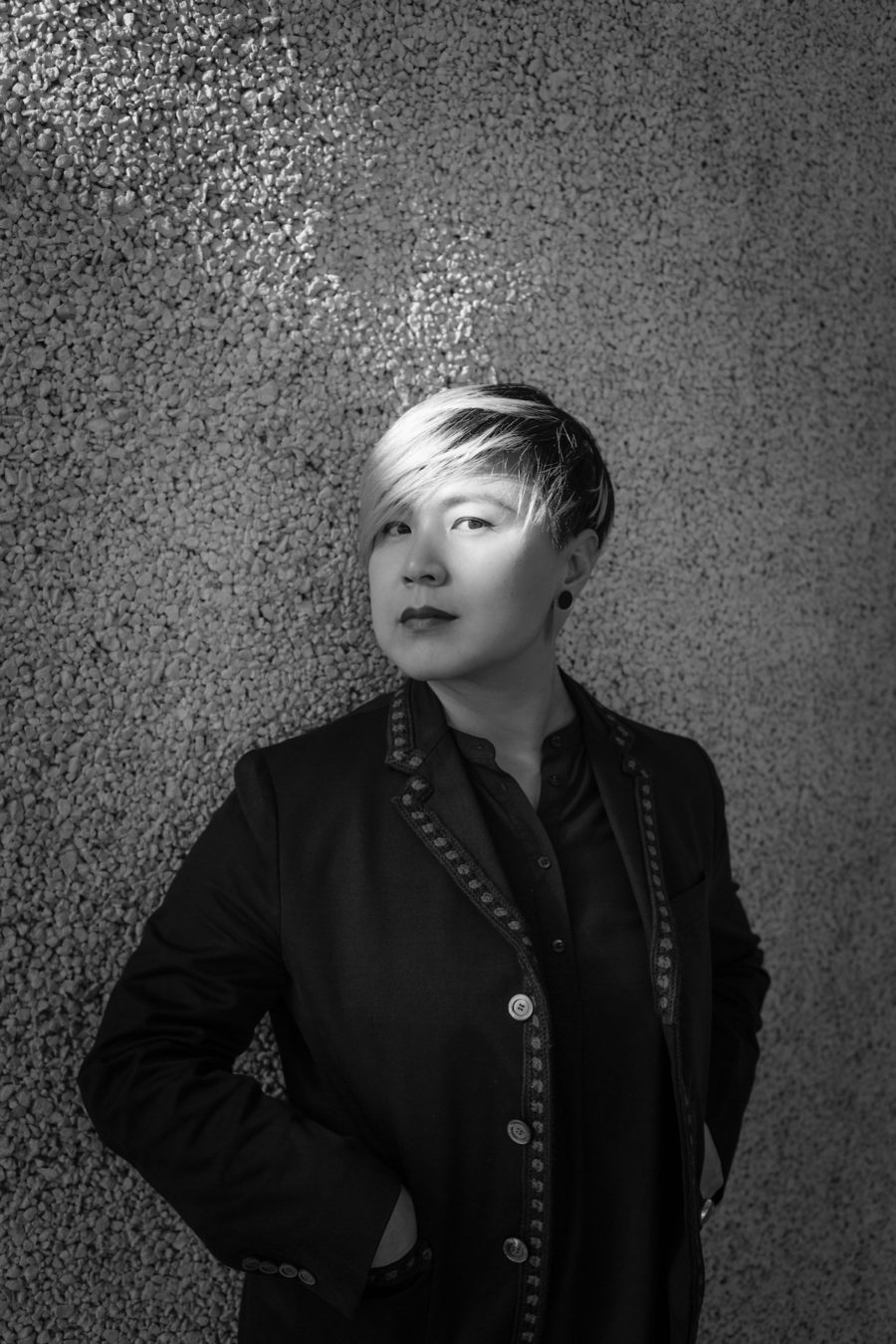
In this series, some of photography’s living greats reflect on their life and career so far.
From their earliest memories to pivotal moments and life’s biggest lessons, we dive deep into the core of their lives as artists.
The Any Answers archive includes interviews with Anders Petersen, Sirkka-Liisa Konttinen, Harry Gruyaert, Michael Stipe and more.

